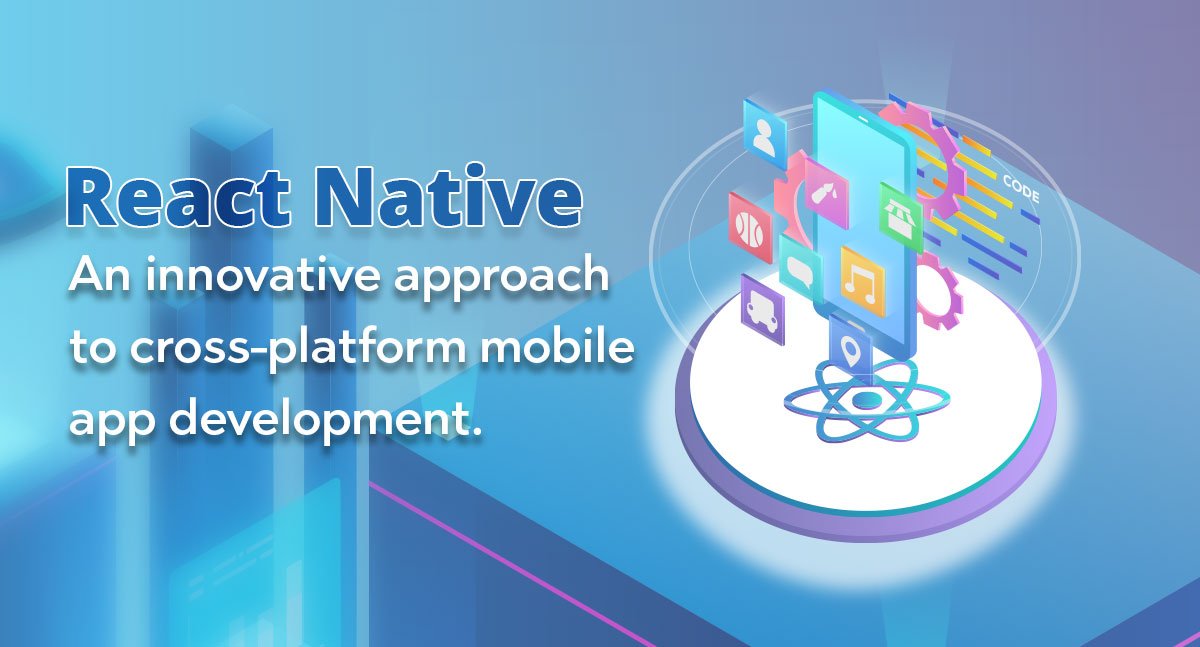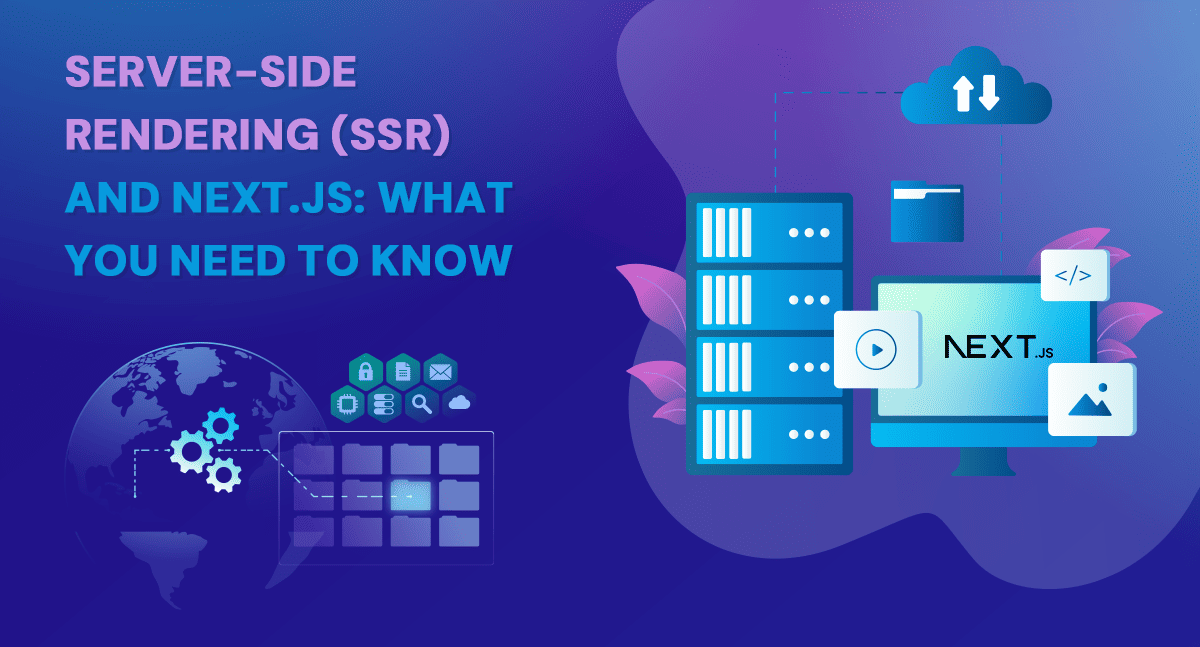React Native: An innovative approach to cross-platform mobile app development

React Native: An innovative approach to cross-platform mobile app development.
Introduction
React Native is a popular framework for cross-platform mobile app development that allows developers to build mobile applications for Android and iOS using a single codebase. Facebook introduced it in 2015 as a way to simplify the development process and improve the user experience of mobile apps.
What sets React Native development apart from other cross-platform development frameworks is its innovative approach to building mobile apps. Instead of using web technologies to create hybrid apps, React Native uses native components to render the user interface, resulting in a more native-like look and feel. This approach provides several benefits, including better performance, improved accessibility, and the ability to leverage device-specific features and APIs.
React Native is based on the React JavaScript library, which Facebook developed for building user interfaces. This makes it a good choice for developers who are already familiar with React and want to build mobile apps. React Native offers a large and growing community of developers and a rich ecosystem of tools, components, and libraries to help you get started.
How does react native work?
React Native allows developers to build mobile applications using the same principles as building web applications. But, React offers the added benefit of using native UI components instead of web views. Let’s try to learn more about how it works by understanding its fundamentals.
It consist of two parts:
At a high level, a React Native application consists of two main parts: the JavaScript code that defines the application logic and the native code that interacts with the device hardware and renders the UI. The JavaScript code is written in JavaScript, while the native code is written in either Java for Android, Objective-C, or Swift for iOS.
It uses a bridge for communication
When a React Native application is launched, the JavaScript code runs in a JavaScript runtime environment, which communicates with the native code using a bridge. This bridge allows the JavaScript code to communicate with the native code and vice versa.
It comes with pre-built UI components
The React Native framework includes a set of pre-built UI components that can be used to build the application's user interface. These components are rendered using native UI elements, meaning the app looks and feels like a native app. React Native also provides a set of APIs that allow developers to access the device's hardware and other native features, such as the camera, accelerometer, and location services.
It allows users to reuse code between iOS and Android
One of the main advantages of React Native is its ability to reuse code between iOS and Android, saving developers time and effort. This is possible because the React Native framework abstracts many platform-specific differences between the two operating systems so that the same code can be used on both. However, it is also possible to write platform-specific code when necessary.
It allows users to write interactable JavaScript code
React Native allows developers to write JavaScript code that interacts with native code using a bridge. The framework provides pre-built UI components and APIs for accessing device hardware and native features and abstracts away many of the platform-specific differences between iOS and Android. This allows for faster development and easier maintenance of cross-platform mobile applications.
Benefits of React Native
When it comes to influencing a client base to choose React Native for mobile app development, it's important to highlight this technology stack's key benefits and advantages. Here are a few points you can use to influence your clients:
- Cross-platform development: React Native enables the development of apps for both iOS and Android platforms from a single codebase, which reduces the development time and cost.
- Native Performance: React Native uses native UI components, making it possible to achieve near-native performance. This is crucial in delivering a high-quality user experience and maintaining user engagement.
- Faster Development: React Native allows for rapid development with features such as Hot Reloading, allowing developers to see real changes. This results in faster development and time-to-market.
- Large Community and Ecosystem: React Native has a large and active community of developers, providing access to a rich set of open-source libraries, tools, and resources.
- Cost-effectiveness: React Native's cross-platform development approach allows for creating a single codebase, reducing development time and cost
- Scalability: React Native is built with scalability in mind, and it can be easily integrated with existing mobile applications, making it easier to scale the application as the business grows.
Conclusion
React Native is a powerful framework for cross-platform mobile app development that offers an innovative approach to building mobile apps. With its native-like performance, ease of use, and a large community of developers, it is a great choice for anyone looking to build high-quality, cross-platform mobile apps.
Highlighting the benefits of React Native and showcasing its potential to build high-quality mobile applications across different platforms can influence clients to choose this technology stack. Additionally, demonstrating the cost and time savings of using React Native can also be a compelling argument.




